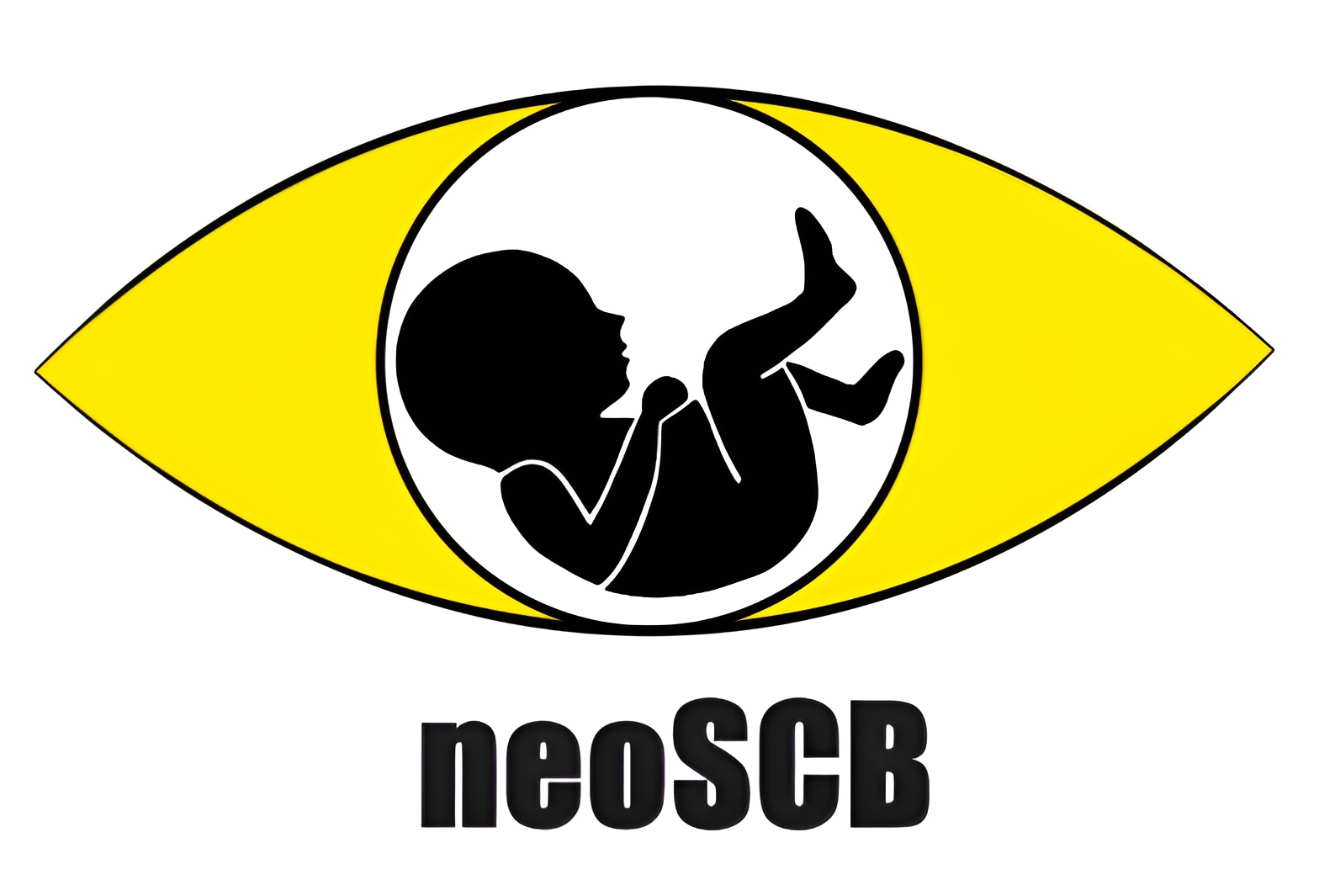neoSCB – An App for Newborn Jaundice
Use Your Smartphone Camera to Screen for Newborn Jaundice


Annually, worldwide,
60%
term babies diagnosed
114,000
deaths
80%
pre-term babies diagnosed
178,000
cases of disabilities
[1] [2] [3]
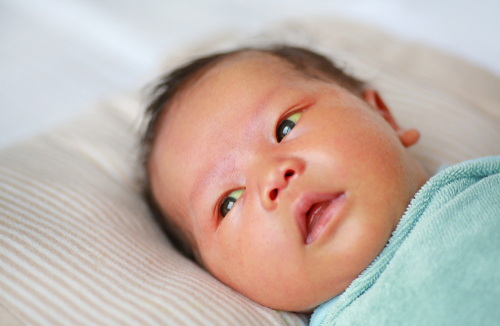
What is Jaundice?
Jaundice is a very common condition affecting over 60% of all babies worldwide. It causes a yellowing of the skin and eyes due to high bilirubin levels. If left untreated, it can lead to severe complications such as acute bilirubin encephalopathy and kernicterus, which can cause permanent neurological damage, hearing loss, and even death.
It is fully treatable if caught early.
Our Mission
There is an urgent need for affordable, point-of-care screening for neonatal jaundice.
At neoSCB, we aim to revolutionise newborn healthcare with an accessible app for early jaundice detection. Our tool empowers parents and midwives to reduce invasive tests and ensure timely care, all from the comfort of the home.
Join us in making advanced neonatal health accessible to all.
What Your Midwife Will Do
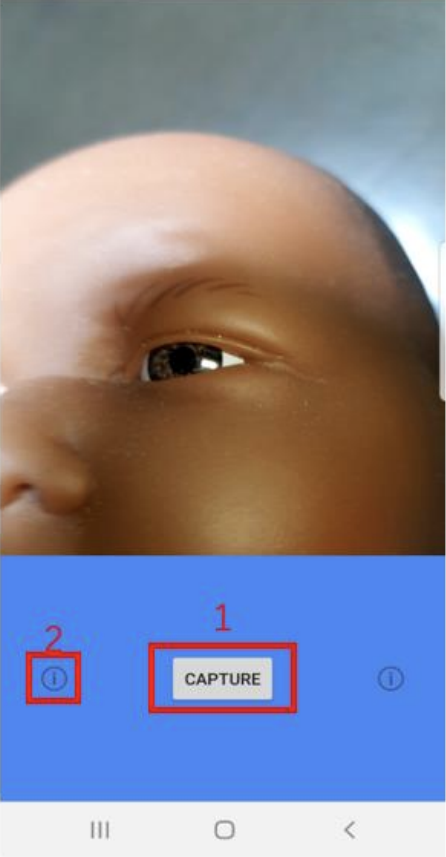
1
Take a picture of the newborn’s eyes with the neoSCB app and your smartphone camera.
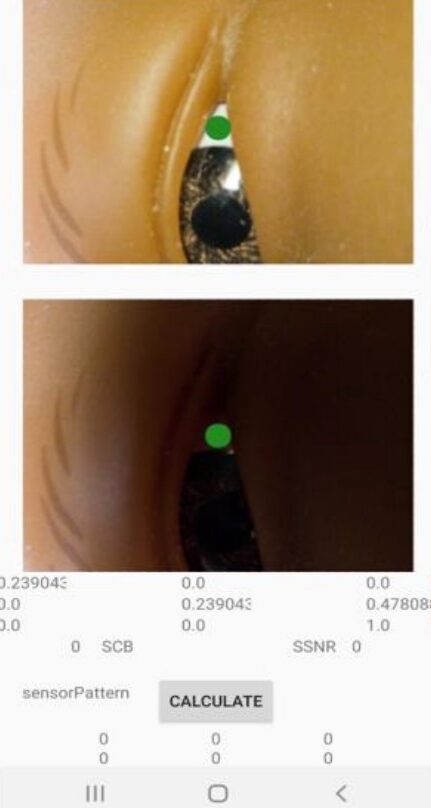
2
Zoom in and highlight the yellow region of the eye. Ensure the green dot is not touching any other colour.
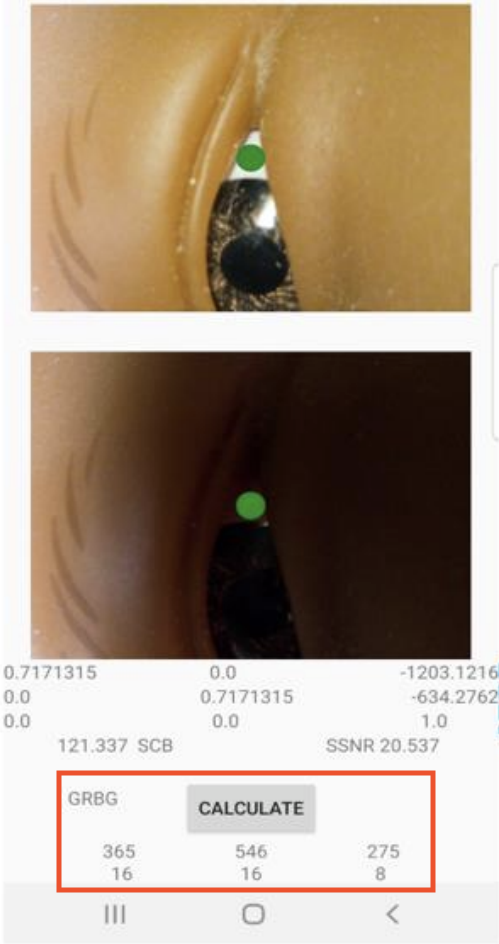
3
Check whether the baby needs medical intervention.
Features
Affordable
Our app is low-cost, making it ideal for low and middle-income countries.
Non-Invasive
Our app uses a non-contact method to determine bilirubin levels, meaning that no consumables or sterilisations are needed.
Accessible
Avoiding the need for specialist screening devices, our app enables visiting midwives to screen for jaundice at the point of care.
Objective
Unlike visual inspection, our method is objective. Our app relates a quantitative measure of sclera colour to a bilirubin level.
Discover Our Research
Explore the innovative journey of neoSCB from concept to reality. Learn about our successful clinical studies in Ghana and the UK, current study at UCLH and ongoing research efforts.


This app has the potential to prevent death and disability worldwide in many different settings. It will reduce unnecessary hospital visits and potentially empower community health workers and parents to care for newborn babies safely.
Dr Judith Meek / Clinical Lead (UCL/UCLH)
Our screening method would require no special equipment apart from a smartphone and is a tenth of the cost of commercial devices used in the UK.
Given that smartphones are common even in poor and remote parts of the world, being able to use them to screen for jaundice would have a significant impact
Dr Felix Outlaw / Researcher (formerly UCL)
Our Funders

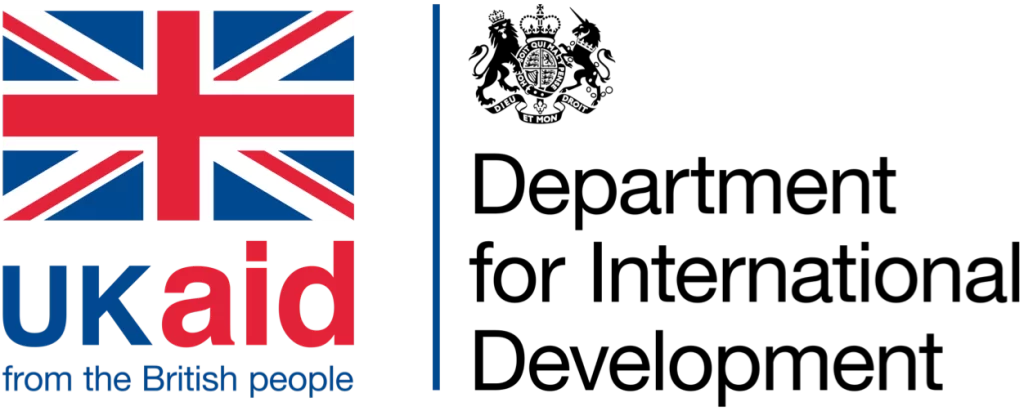
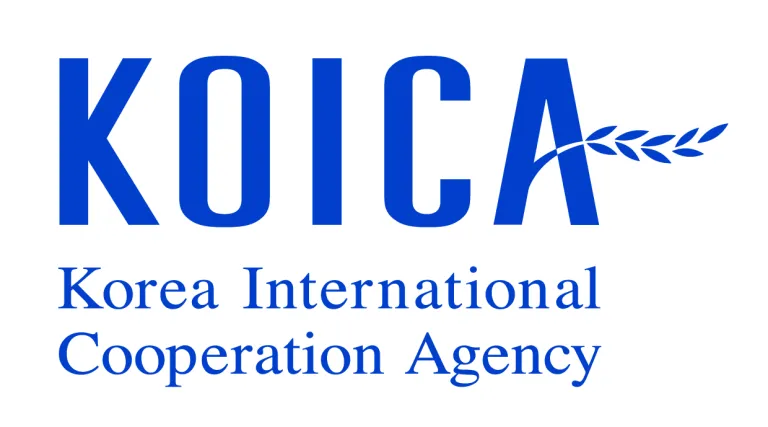
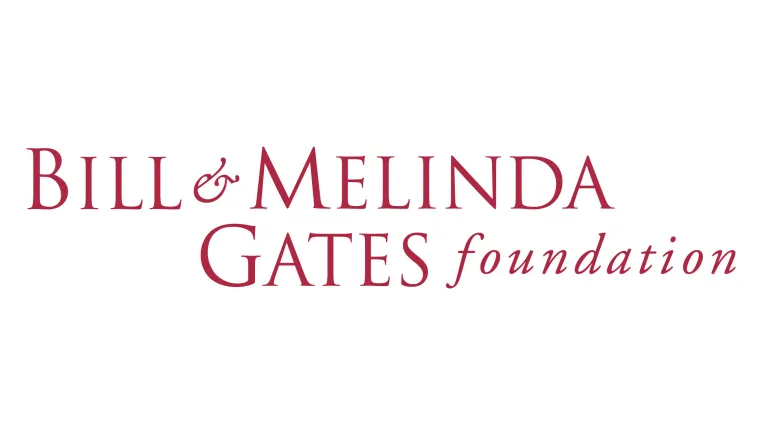


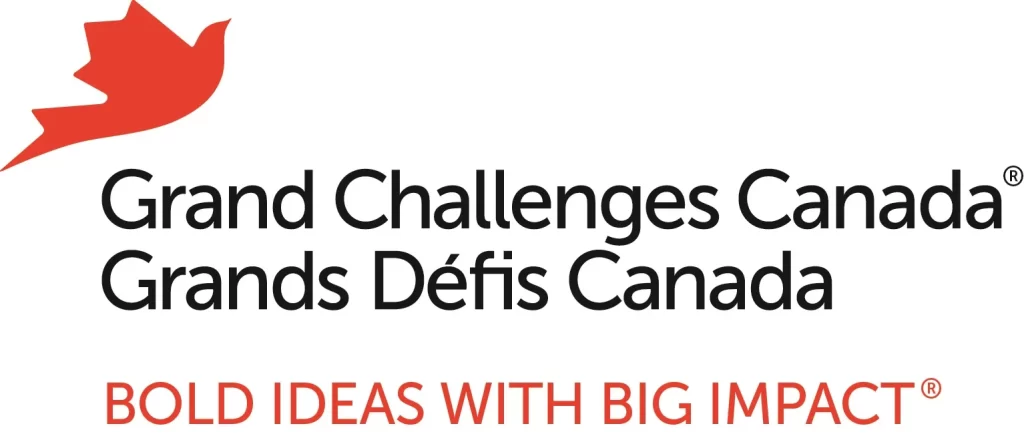
References
[1] National Institute for Health and Care Excellence, “Overview | Jaundice in newborn babies under 28 days | Guidance | NICE,” Nice.org.uk, May 19, 2010. Available: https://www.nice.org.uk/guidance/cg98. [Accessed: Jul. 29, 2024]
[2] T. M. Slusher et al., “Burden of severe neonatal jaundice: a systematic review and meta-analysis,” BMJ Paediatrics Open, vol. 1, no. 1, p. e000105, Nov. 2017, doi: https://doi.org/10.1136/bmjpo-2017-000105. Available: https://bmjpaedsopen.bmj.com/content/1/1/e000105
[3] “App detecting neonatal jaundice from the eye successful in first major clinical trial,” University College London Hospitals NHS Foundation Trust, Jun. 09, 2022. Available: https://www.uclhprivatehealthcare.co.uk/about/news/app-detecting-neonatal-jaundice-eye-successful-first-major-clinical-trial. [Accessed: Jul. 29, 2024]
